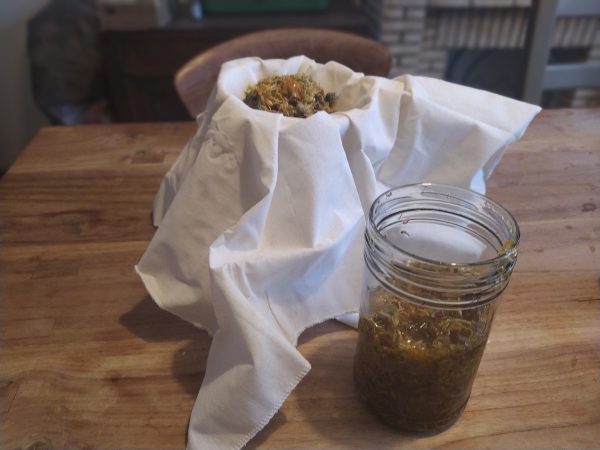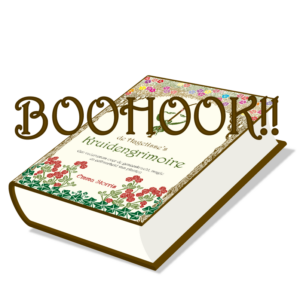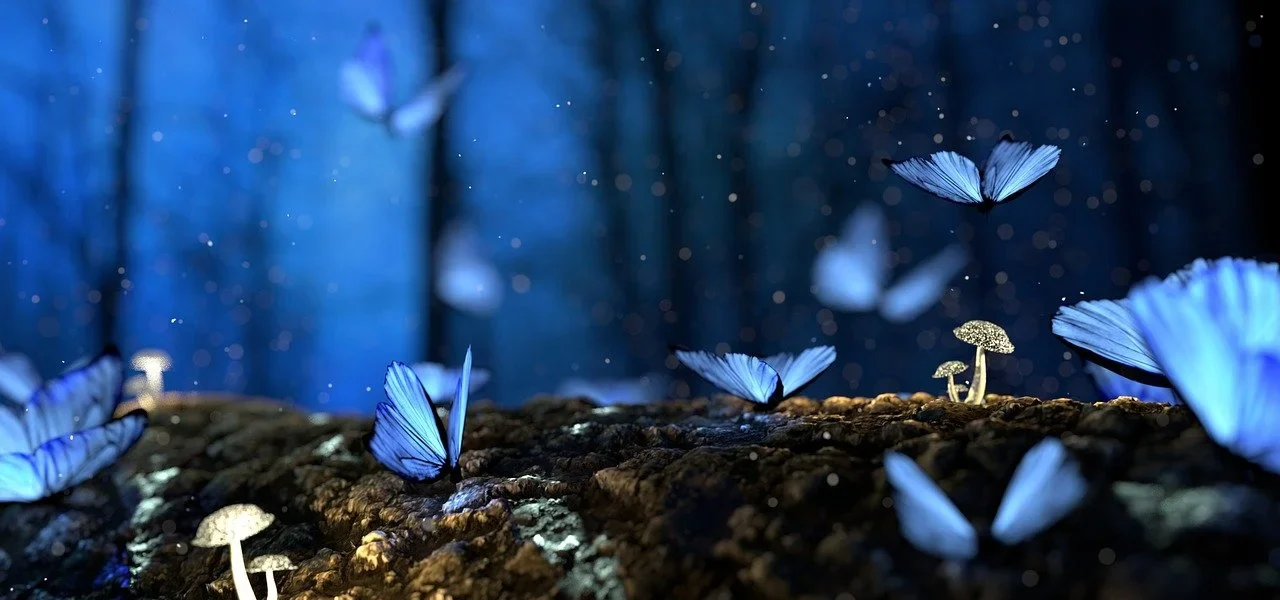Making a medicinal herbal oil infusion using dried plants

A good way to treat all kinds of afflictions, both internal and external, is by means of a medicinal herbal oil. Herbal oil macerations using dried plants can be made year round. Plus, it’s the easier way to make herbal oils, since you won’t have the added complications of moisture in the materials you’re working with.
Herbal oil infusions are very useful when it comes to treating the skin. The oil forms a protective layer. Oil softens and soothes the skin, thus helping the herbs being absorbed properly. Both externally and internally an oil can actually promote the effect of the herb it carries. Think of the laxative properties of nettle combined with linseed or castor oil.
Capturing herbal medicinal properties in the right oil
There are many types of oils which can be used as a menstruum to capture herbal medicinal properties. Which one to choose mostly depends on your purpose. When making a herbal oil to stimulate healthy hair and scalp, for instance, castor, jojoba and argan oil would definitely be among my choice of menstruum. My calendula oil – the one I use as a base for my eczema salve – contains olive, sunflower and a hint of almond oil.
Making a herbal oil infusing using dried plants is pretty straightforward. My method resembles the traditional method I use when tincturing. So there’s no weighing involved and I mostly work by eye. The utensils I need are similar as well. Here’s the list:
- A smooth wooden cutting board
- A sharp knife
- A mortar
- A well sealable jar and a bowl, jar or pot for decantation and pressing
- A stirring device of sorts
- A box or bag of a thick material that blocks out the sun
- Filter materials, such as a funnel, sieve and coffee filters, muslin cloth or cheese cloth
- Bottles of dark glass which can be closed properly
- Optionally labels
Preparing the menstruum and the herbs
Let’s get started. I first mix my menstruum, unless I use a single type of oil. Then I get my herbs out. Usually I make single herb oils. I can then mix and match later when making my salves and ointments. But if it makes sense for you to use mixtures, for instance if you don’t need larger quantities of your oils or you are only making a few select remedies, that’s an option as well, of course.
I first chop my herbs as small as possible on my cutting board. Then – if that’s necessary for that particular oil – I proceed with grinding the cut herbs into a finer powder. Remember, the finer you can cut the herbs, the less time it’ll take for the constituents to macerate into the oil. For rules of thumb with regards how readily a herb releases its constituents, reread this blog on infusions and decoctions. The less accessible a plant part is, the longer it will have to macerate.
You need a paid membership to view this content
Basic Membership is free!




